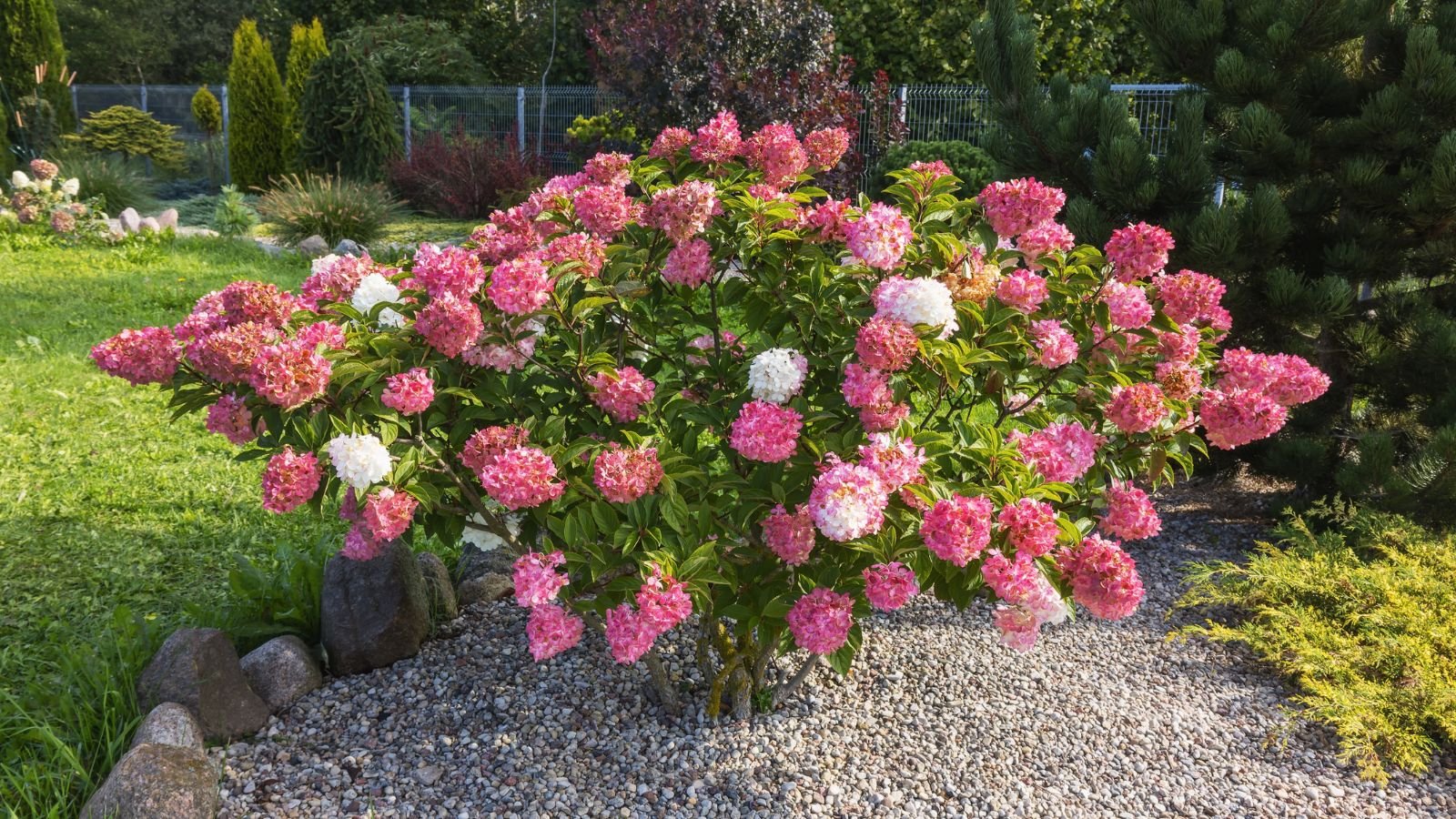[ad_1]
Every ornamental yard needs a hydrangea shrub, and fall is likely one of the finest time to plant them! The Hydrangea genus is stuffed with distinctive species with completely totally different flower heads, leaf shapes, and improvement habits. Some hydrangeas change colors counting on their soil pH, making for a gratifying experiment in your home yard.
Planting these shrubs in the middle of the autumn is best for quite a few causes. They enter dormancy starting in late autumn by way of mid-spring. Plant them as they lose their leaves and in addition you’ll get them inside the ground correct as their roots velocity up their rising velocity. Although nothing seems to be rising aboveground, belowground stays warmth from soil insulation and fosters plant, fungal, and bacterial improvement on an unlimited scale.
Get your favorite hydrangeas into the soil all through this optimum interval, and they also’ll develop correctly the following 12 months with little factors. You’ll anticipate fewer sicknesses and pests, and fewer weak improvement from them than spring transplants. Adjust to the seasons, and nature will reward you for it!
Nonetheless, if exhausting frosts arrive or the underside has layers of snow and ice, it’s too late to plant a hydrangea. It’s best to transplant your specimens 4 weeks or additional ahead of the first frost date in your space. This offers them ample time to adapt to your yard so that they overcome chilly local weather challenges.
Proper right here’s additional particulars regarding the 9 benefits of planting hydrangeas inside the fall:
Increased Selection
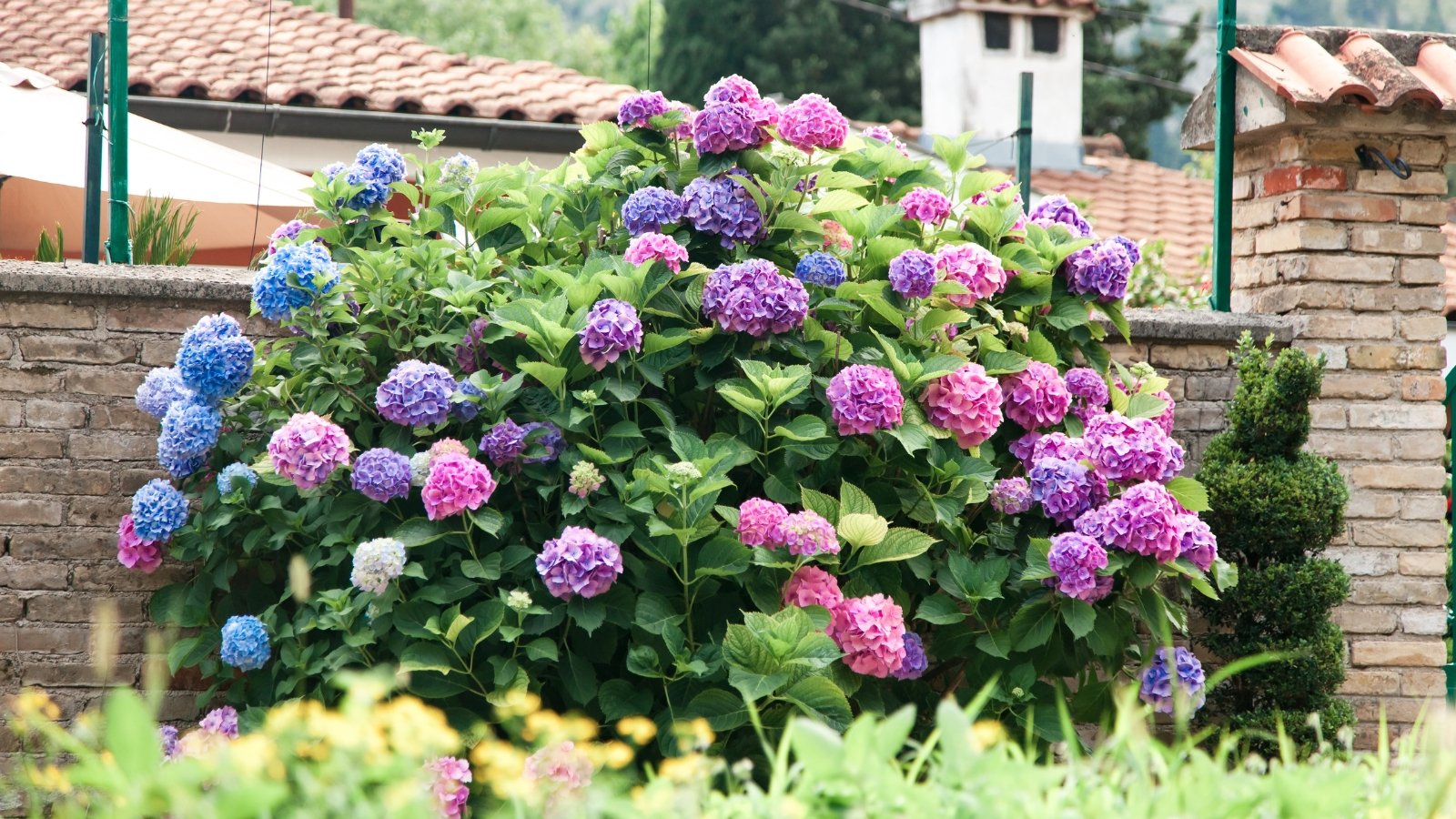

Most gardeners take into account perusing their native yard coronary heart for shrubs and bushes in spring. The photo voltaic is shining, temperatures are warmth, and bees buzz from flower to flower. Whereas spring is a good time for transplanting, it’s sometimes robust to hunt out your favorite crops on-line and in retailers. The cupboards are bare or stuffed with frequent ornamentals no person needs to buy.
The situation is completely completely totally different all through autumn! A variety of hydrangeas could be discovered all through this season as farmers pot them from their fields for retailers to advertise. You’ll have a serious variety of lacecap, oakleaf, and big-leaf hydrangeas on-line and domestically.
Oakleaf types are distinctive. They’re native to North America and have 4 seasons of curiosity. They sprout inexperienced oak-like leaves in spring, bloom white flowers in summer season, their foliage turns red-orange in fall, and they also have peeling brown bark seen in winter.
Listed below are one other frequent varieties that excel in North American gardens:
| Choice | Type of Hydrangea | Distinctive Attributes |
| ‘Miranda’ | Climbing Hydrangea | Variegated leaves with yellow margins |
| ‘Annabelle’ | Simple Hydrangea | Large blooms to a foot huge |
| ‘Villosa’ | Villosa Hydrangea | Blue, pink, and purple flower clusters |
| ‘Infinite Summer season®’ | Massive-Leaf Hydrangea | Blooms on new and former picket |
| ‘Nikko Blue’ | Massive-Leaf Hydrangea | Big, spherical, and blue flower heads |
| ‘Grandiflora’ | PeeGee Hydrangea | Ginormous, white, pyramid-shaped blooms |
| ‘Alice’ | Oakleaf Hydrangea | Rich crimson leaves in fall |
Regardless of the type you choose, you’ll want to plant your specimens as a result of the local weather cools at summer season’s end. They’ll acclimate correctly as your yard begins to leisure for the chilly season.
Hardy Stems
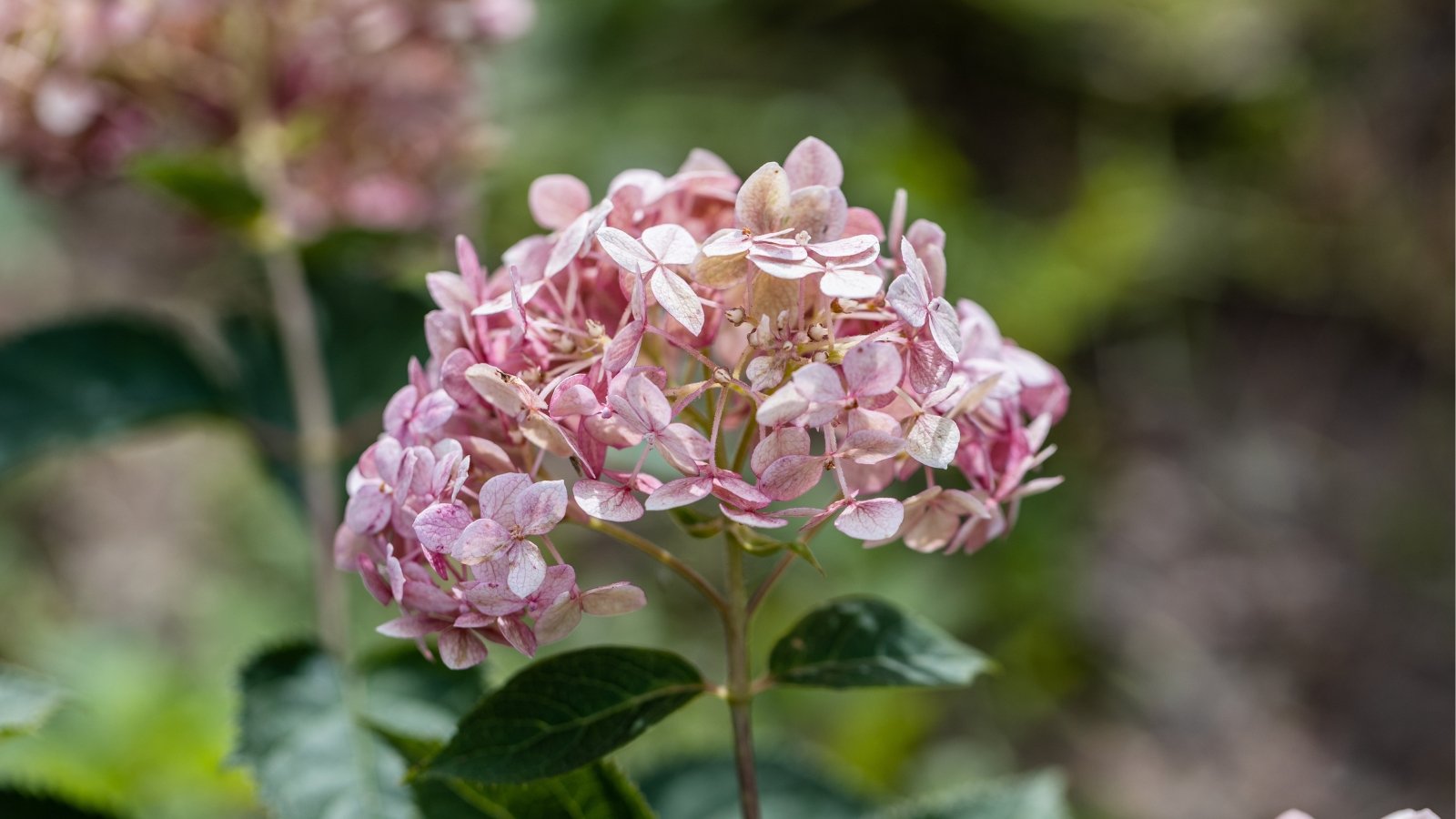

Late spring frosts threaten delicate hydrangea stems. These shrubs pull their vitality once more to the lower parts of the stems and into the roots. This technique protects the hydrangeas from extreme frosts since they’ve thicker picket and additional insulation on their lower stems.
In case you plant these shrubs all through autumn, you allow them to acclimate to your yard’s local weather at their most popular tempo. Spring transplants ought to deal with late frosts, develop sprouts, and anchor their roots into the soil. Three duties are robust for a plant to carry out unexpectedly. In fall, hydrangeas solely ought to stabilize themselves and lengthen their roots.
Fall transplants that bloom on earlier picket, like big-leaf hydrangeas, might have additional security than new picket bloomers. Their stems comprise subsequent 12 months’s flower buds and are weak to exhausting frosts and excessive pruning.
If temperatures drop correctly beneath freezing for longer than a day, use frost materials over your newly planted shrub to protect it from ice and snow. Merely drape it over your shrub and weigh the ends with rocks or sticks so it’s wind-resistant.
Simple Transplanting


Fall is good for planting woody shrubs and bushes, significantly deciduous ones like hydrangeas. The underside is snug, soil microbes are energetic, and plenty of plant species shift their vitality from rising leaves and stems to producing roots. Fall rains carry ample moisture to your yard, so that you just gained’t have to worry about watering your shrubs.
Plant your specimen now and it’ll acclimate with little care and maintenance. Fall rains will quench its thirst, cool temperatures will help it enter dormancy, and an absence of insect pests will assure your shrub stays healthful this season.
Protect your plant’s soil moist nevertheless not soggy, and cover it with frost materials sooner than extreme freezes. Steer clear of fertilizing your hydrangea until spring warmth arrives and days lengthen. In zones 6 by way of 8, exhausting frosts may kill the aboveground stems. Nonetheless, new shoots sometimes emerge all through spring from the plant’s base.
Sturdy Root Improvement
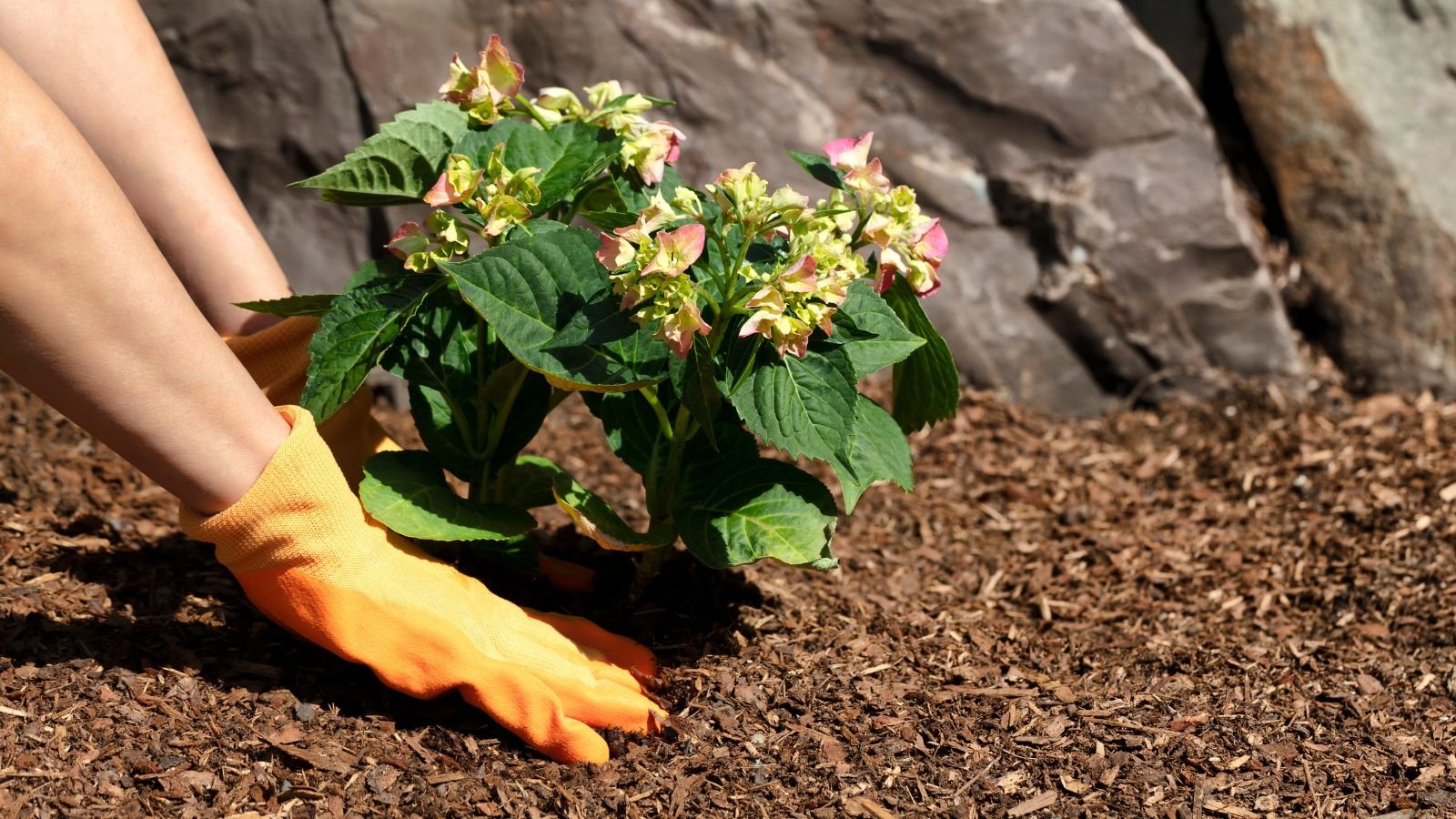

As deciduous bushes lose leaves and evergreens halt their improvement, it would appear to be nothing’s rising! We’ll’t see them, nevertheless roots love fall and winter. They’ve insulation and security from the soil, which doesn’t freeze all through winter. Areas with thick layers of mulch have further security to foster healthful root improvement.
Snow and ice are moreover insulators! They defend the soil’s excessive layers from chilly temperatures, holding bulbs, perennials, and bushes protected for the winter. Roots proceed lengthening beneath this cowl as all else stops rising aboveground.
Simply because we are going to’t see the roots doesn’t indicate they’re not rising. Perception that they are, and place layers of compost or fall leaves near their root zone to boost them. Many bushes unfold their roots outwards reasonably than downwards, so apply your mulch correctly all by the world for optimum improvement come springtime.
Easy Pruning


Hydrangeas are specific when it comes to their pruning processes. There are three important types: earlier picket bloomers, new picket bloomers, and evergreens. Most shrubs gained’t require pruning after a fall transplanting, as they’re already acclimating themselves to the season’s cool circumstances.
It is potential you may prune lifeless or diseased picket off hydrangeas at any time. The one prunings you’ll want to be careful with are ones that scale back into residing picket. You’ll open up wounds that allow frost and sicknesses to creep into your shrub, affecting its chilly hardiness.
Prune hydrangeas that bloom on earlier picket shortly after they finish flowering, and in addition you’ll avoid chopping off subsequent 12 months’s flower clusters. Species that bloom on earlier improvement embrace big-leaf, climbing, oakleaf, and mountain hydrangeas.
Prune hydrangeas that bloom on new picket anytime all yr lengthy. Steer clear of excessive shaping all through winter, as this may occasionally more and more create frosty factors for the fragile stems. The easiest time to prune these bloomers is late of their dormancy from winter by way of early spring. Species like simple and panicle hydrangeas select pruning all through these seasons since they flower on new improvement.
Bigger Blooms


With all that further winter time to position down healthful roots after a fall planting, your hydrangeas will most likely be capable to explode with new improvement inside the spring! They’ll suck up nutritional vitamins and water to push out new stems with leaves. These current leaves accumulate vitality from daylight to create the engaging blooms we love hydrangeas for.
When transplanting in the middle of the autumn you give your shrub ample time to acclimate. It’ll have weeks, if not months, to develop feeder roots in its new residence. Spring transplants lack sufficient time to develop these roots and often have a tendency to start rising tender shoots whereas frosts are nonetheless frequent. This means late spring chilly snaps can threaten the forming flower buds!
Fall transplants’ new shoots emerge when they should in spring, as these specimens have had ample time to control to your native seasons. They’ll know when to sprout and the way in which loads to develop, and they also’ll have additional sources than spring plantings to unfold as loads as they’d like.
It is potential you may selectively prune stems inside the spring to further have an effect on bloom dimension and frequency. Depart as many stems as attainable for quite a few medium-sized flower clusters. Within the occasion you want massive flowers for bouquets and floral preparations, prune some stems and go away quite a few alone. The remaining stems can have massive blooms as your plant helpful properties additional vitality to pump them stuffed with nutritional vitamins.
Healthful Crops
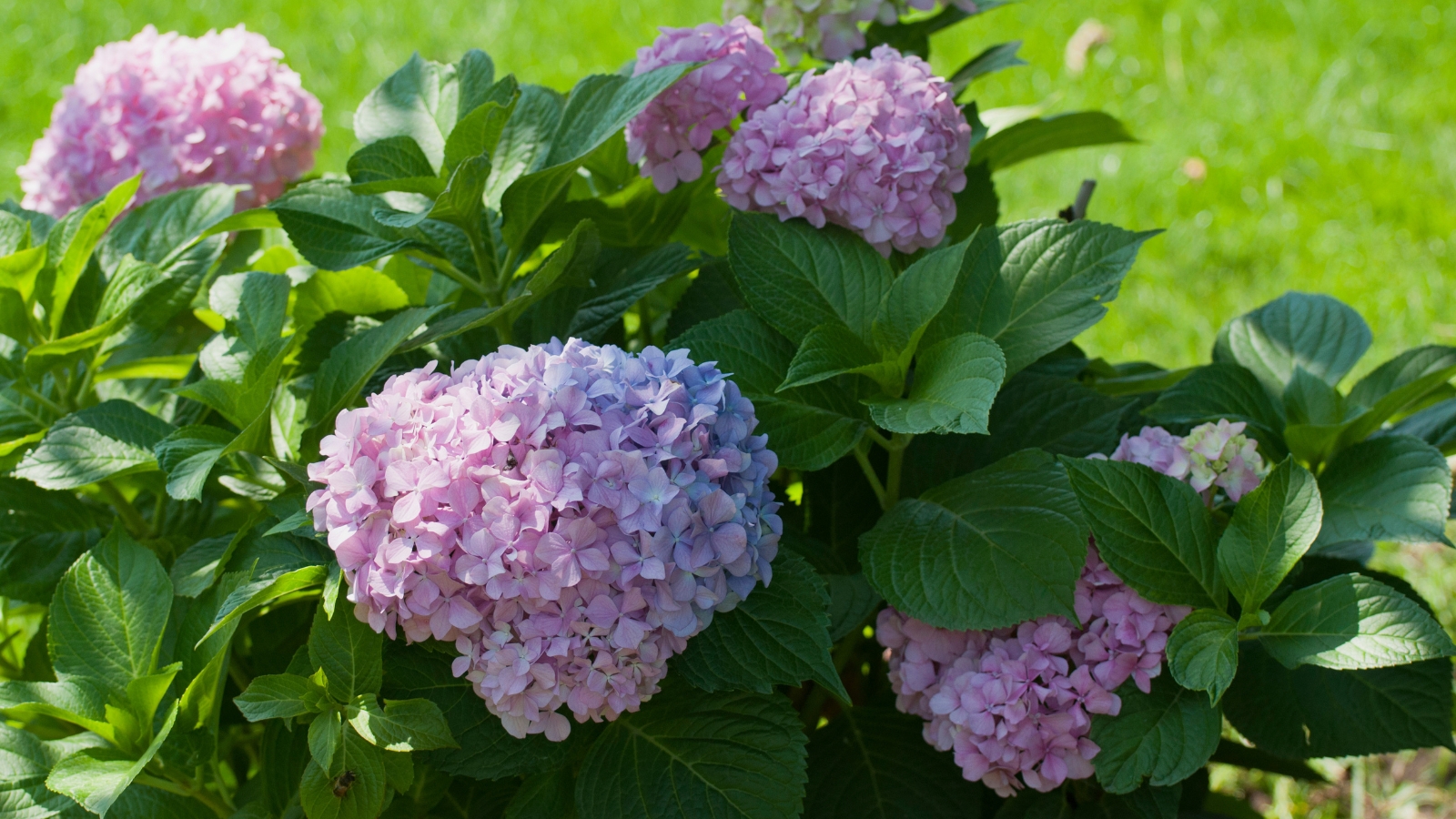

Not solely will your specimens have bodacious blooms, nevertheless they’ll moreover resist pests, sicknesses, and physiological circumstances that threaten hydrangeas. Because of fall plantings have additional roots than their spring counterparts, they’ll have additional entry to fungal mycorrhizae, nutritional vitamins, and moisture.
With additional entry comes a extreme resistance to exterior plant pressures. If pests assault your hydrangea, it’ll have ample sources to siphon off wounds, heal openings, and push new improvement to change harm parts. Sturdy, healthful crops resist infections, which suggests most sicknesses will switch earlier your hydrangea trying to find a additional acceptable host.
Improve your crops further by giving them regular functions of compost, leaf mould, or pure mulch. The thick layers foster helpful microbes that bolster your hydrangea shrubs. Fungi, micro organism, and archaea love these provides, and they also course of larger molecules into smaller ones that your shrub can entry readily.
Ample Time for Adjusting pH


Many types of big-leaf hydrangea change their flower color counting on their soil pH. They’ll often shift blue in acidic soils and pink in alkaline ones. ‘Massive Daddy’ is one such reblooming cultivar with puffball flower clusters that flip blue or pink. Others have shades of purple, white, purple, and inexperienced, or a mixture of these colors.
In case you plant hydrangeas inside the cool seasons, you may have many weeks sooner than spring warmth arrives. Add amendments all through planting, and they also’ll work in time in your hydrangea flowers to fluctuate colors. Sooner than adjusting the soil pH, consider using a soil examine bundle to seek out out what stage they’re at in the meanwhile. Then, chances are you’ll add your amendments understanding exactly how loads your soil needs.
Use yard lime to carry the pH, or sweeten the soil. Apply yard sulfur to lower the pH. So long as the pH is between 5 and 6.4, your hydrangeas will develop with out factors. A pH ranging between 6 to 6.4 causes pink flowers, whereas a pH lower than 6 causes purple or blue flowers.
Fall Leaves Aplenty
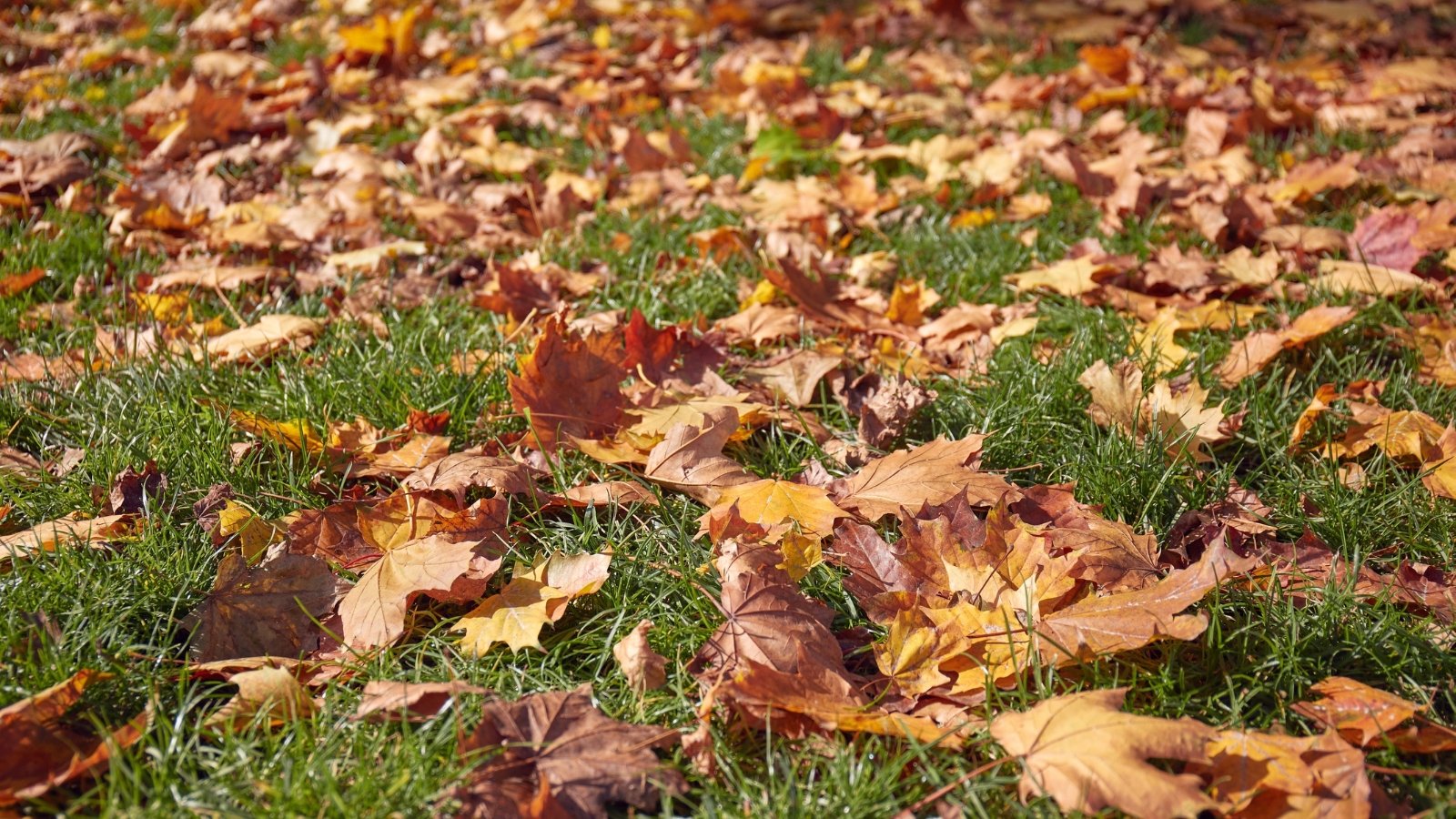

Belongings are plentiful inside the fall, which makes it optimum for planting and establishing hydrangeas. Uncover fall leaves, lifeless picket, and perennial stems all by your yard as summer season winds down. That’s good for hydrangea transplanting, as fall leaves act as an insulating mulch. A thick leaf layer is type of a blanket, overlaying and warming your delicate hydrangea.
Use fall leaves by inserting a layer 4 or additional inches thick in your yard beds. Scatter them about so that they don’t blanket the stems, nevertheless they cowl the underside throughout the roots. Chopping leaves first sooner than you place them helps them quickly decompose. A backyard mower is the right instrument; merely run it over the backyard and apply the chopped combination of leaves and grass to your yard’s soil.
Within the occasion you nonetheless have leaves after overlaying the beds, try making leaf mould or compost with them. That methodology you’ll have a soil-building modification by spring to make use of to your hydrangeas. Leaves are a blessing from nature—they’re free, significantly useful, and important for the well-being of the atmosphere. Within the occasion you don’t use them, nature will!
[ad_2]
Provide hyperlink
